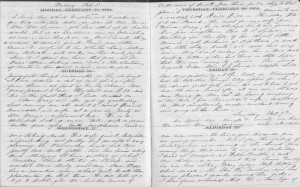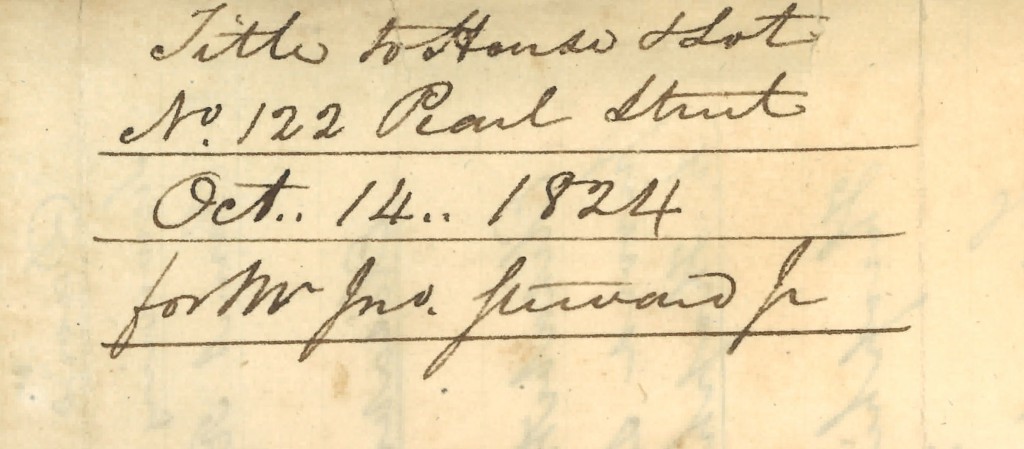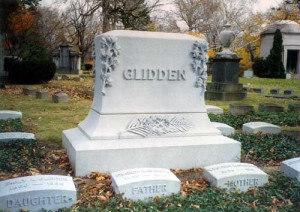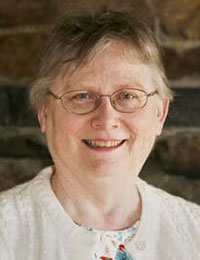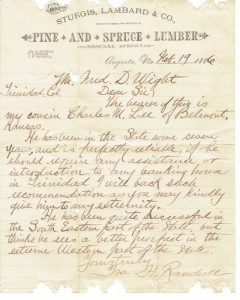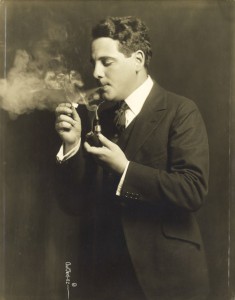
Nine Vita Brevis readers took the plunge and sent in a set of complete answers to Monday’s research challenge. Thank you all for participating!
The winner had ten answers correct out of eleven; not a single person identified Monroe Salisbury (1876–1935), who played the second-billed Earl of Kerhill in Cecil B. DeMille’s 1914 western The Squaw Man.[1] Only one person correctly identified Milton Sills (1882–1930) as Gloria Swanson’s co-star in The Great Moment (1921); the general feeling among respondents was that Wallace Reid (1891–1923), who acted with Swanson in DeMille’s The Affairs of Anatol and Sam Wood’s Don’t Tell Everything (both 1921), was the man in the picture. Continue reading A research exercise updated
